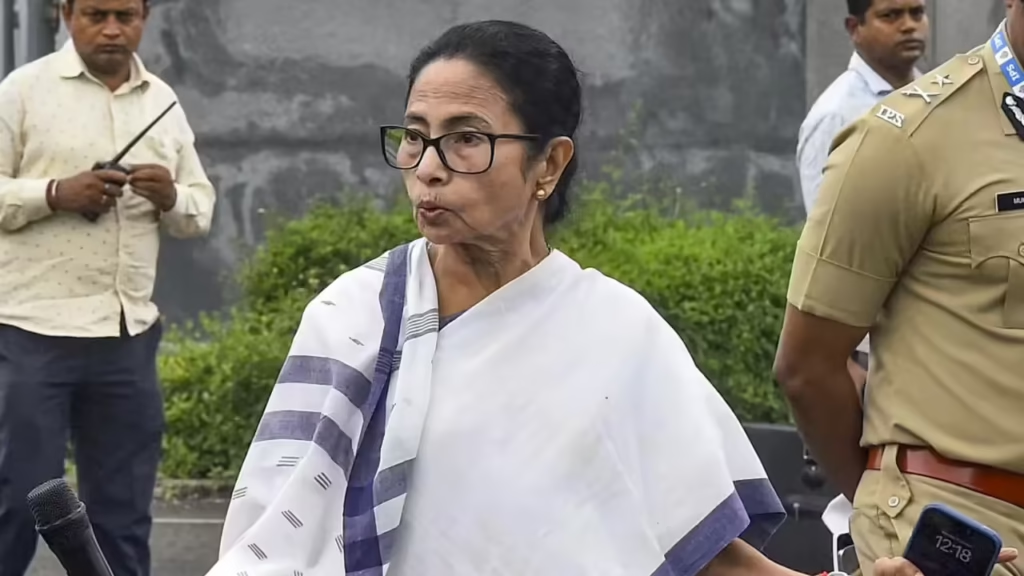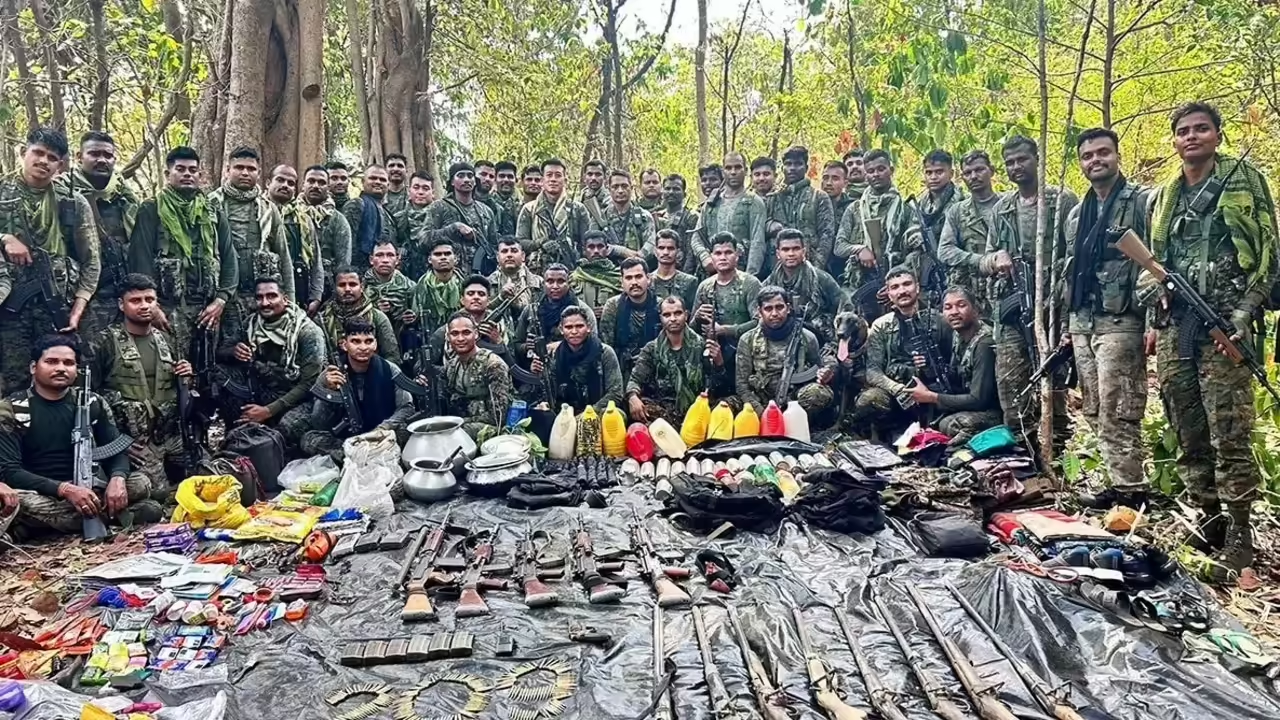Now Reading: Bihar Polls Heat Up: NDA Finalises Candidates, Mahagathbandhan Still in Limbo
-
01
Bihar Polls Heat Up: NDA Finalises Candidates, Mahagathbandhan Still in Limbo
Bihar Polls Heat Up: NDA Finalises Candidates, Mahagathbandhan Still in Limbo

The political battle in Bihar is escalating as the National Democratic Alliance (NDA) announced its full slate of candidates for the upcoming assembly elections, even while the Mahagathbandhan (MGB) struggles to finalize its seat-sharing pact. With campaigns intensifying across the state, attention is now on how alliances will play out in rural and semi-urban constituencies.
NDA Moves Swiftly
The NDA released its list of candidates for all 243 assembly seats, with seats allocated among BJP, JD(U) and smaller allies. Star campaigners have also been named to spearhead election drives. The move projects unity and readiness, sending a clear signal to voters and rivals alike.
Opposition’s Alliance Puzzle
On the other hand, the Mahagathbandhan has yet to settle its seat-sharing formula. Talks involving the Congress, RJD, and other partners continue behind closed doors. The delay has prompted speculation about disagreements over leadership, distribution of key constituencies, and power balance within the alliance.
Campaign Themes and Messaging
In Tier-2 and Tier-3 regions, local issues such as infrastructure, jobs, agrarian distress and law-and-order are dominating discourse. The NDA is emphasizing continuity and governance performance, while opposition leaders are focusing on promises of change, welfare schemes, and addressing alleged misgovernance.
Implications for Smaller Towns
In districts beyond major cities, candidates often win on local reputation more than party brand. With the NDA’s early clarity, their ground campaigns and booth-level mobilization get a head start. But MGB’s delay may hurt its ability to project united messaging in far-flung areas.
Watchouts and Wild Cards
Family rifts, defections, and last-minute alignments could still reshape the landscape. Also, the Election Commission’s voter roll revisions and electoral litigation may influence outcomes. In volatile seats, margins could be tight, making every vote count.
As Bihar heads to the polls, the alliance dynamics will play a critical role. For voters in smaller towns, the clarity with which candidates present their agendas — and the capacity to reach them — may make the decisive difference in this high-stakes state election.

























